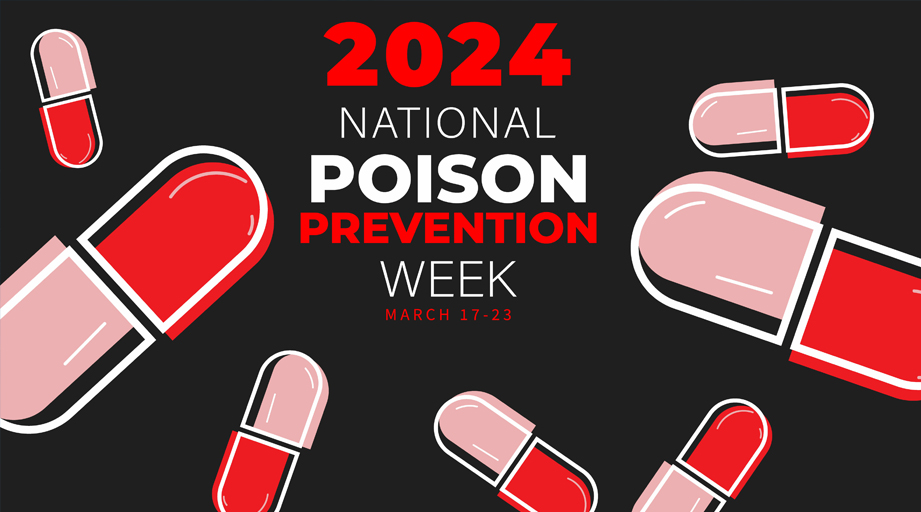
Predicted Summer COVID-19 Surge Taxes Hospital
In the weeks before Arizona’s COVID-19 summer, healthcare providers knew the crisis was coming and used that time to prepare, says Christopher J. Edwards, assistant professor of pharmacy practice and science at the University of Arizona Health Sciences in Tucson.
“Arizona was .. . late in terms of shutting things down, we reopened early, and the consequences of that are obvious,” Edwards said. “We were hoping for the best ... but we kind of expected that this was going to get bad.”
. late in terms of shutting things down, we reopened early, and the consequences of that are obvious,” Edwards said. “We were hoping for the best ... but we kind of expected that this was going to get bad.”
“Sometimes, we see some pretty rough stuff,” he added.
Edwards, who practices at Banner — University Medical Center, was particularly affected by the case of a young healthcare worker with advanced respiratory distress who died after a long hospital stay.
“It hit me hard because this is ... one of our comrades in arms who was out there on the front lines and, unfortunately, didn’t make it,” Edwards said.
The state’s first COVID-19 case was confirmed from a sample collected in late January, and about a month passed before the next confirmed case was identified. The governor issued a stay-at-home order effective March 31 but lifted the lockdown May 15.
COVID-19 cases skyrocketed in Arizona in June, reaching a single-day peak June 29, when nearly 5,500 confirmed positive samples were collected. Cases have trended down since then, following state and local actions to limit the spread of the SARS-CoV-2 virus. The state reported 218,507 total confirmed cases and 5,650 deaths through October 1.
Banner Health’s pandemic response actions in Arizona include expanding intensive care unit (ICU) capacity, activating triage tents to boost emergency department capacity, stocking up on necessary medications and supplies, rehiring retirees, and redeploying staff to provide support and fill clinical gaps.
Edwards said his typical “pre-COVID” day as an emergency department (ED) pharmacist involved “a lot of bedside assessments and resuscitations” as he worked alongside colleagues on the interprofessional care team.
But in what he called “the era of COVID,” the patient care team is divided, with some members inside the patient’s room and others, including Edwards, usually assisting from the hallway to limit exposure to the virus and preserve personal protective equipment.
He said a downside of this necessary change is that “it's a little bit more difficult to be as effective.”
“You’re not hearing all the conversations that are taking place,” he said. “Even with the muffled tone through an N95 mask, it’s still nice to be right there in the thick of things.”
Edwards said some pharmacy colleagues were deployed to new patient care units to cope with the influx of COVID-19 patients, but he remained in the ED.
“There is a need for emergency medicine pharmacists to deal with the patients who are coming in unstable from not only COVID but all the other things that bring people into the emergency department,” Edwards explained.
When he was between patients at the height of the crisis, Edwards helped verify medication orders for internal medicine pharmacists and performed other tasks that could be done outside of patient care units.
Edwards also lent his expertise to a research project developed by colleagues at the University of Arizona.
The project, led by Department of Pharmacy Practice and Science chief Brian Erstad, Karen Lutrick at the school of medicine, and Dean Billheimer at the college of public health, involves the creation of a real-time clinical registry to track the effects of COVID-19 in the area. Edwards said his colleagues asked him to review the research protocol.
With Edwards’s input, the protocol was modified to collect a comprehensive prescription history for patients who tested positive for COVID-19.
Edwards noted that concerns emerged in the pandemic’s initial weeks about poor outcomes in patients who were taking angiotensin-converting enzyme inhibitors.
“That turned out to not be a major concern,” Edwards said. “But just from a pharmacy perspective, it would be interesting to have those baseline outpatient medications” in the registry. He hopes the protocol change will help the researchers asses whether such medications affect the course of the illness.
Edwards said he’s hopeful that drug therapies will become available for the treatment of COVID-19. But he also said it’s important “to maintain that pharmacist’s level of skepticism when it comes to new drug therapies and always make sure that you’re evaluating what’s coming out from the patient-oriented perspective.”
Although COVID-19 cases in Arizona dropped in mid-to-late summer, Edwards said he worries about a resurgence caused by “pandemic fatigue” and a collective desire to return to normal life.
“I know it’s tough to just sit at home in isolation and only see close friends at far distances,” Edwards said. “But seeing this on the front lines and realizing how impactful this can be on a patient’s life is just, it’s no joke. It’s something to take very seriously.”
For more information and free tools regarding the pandemic, including the Assessment of Evidence for COVID-19-Related Treatments, visit ASHP’s COVID-19 Resource Center and the COVID-19 Community at ASHP Connect.
[This news story appears in the January 15, 2021, issue of AJHP.]







